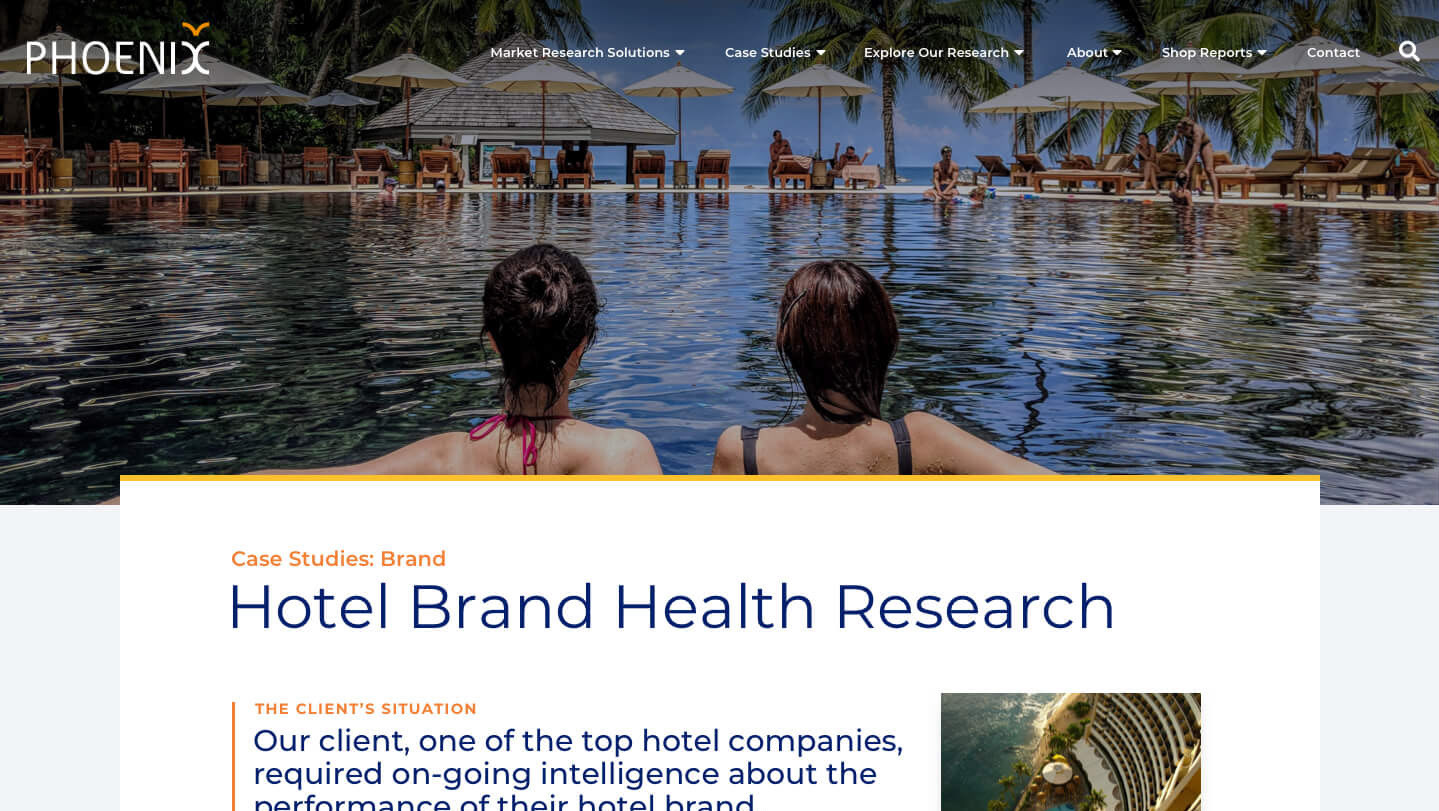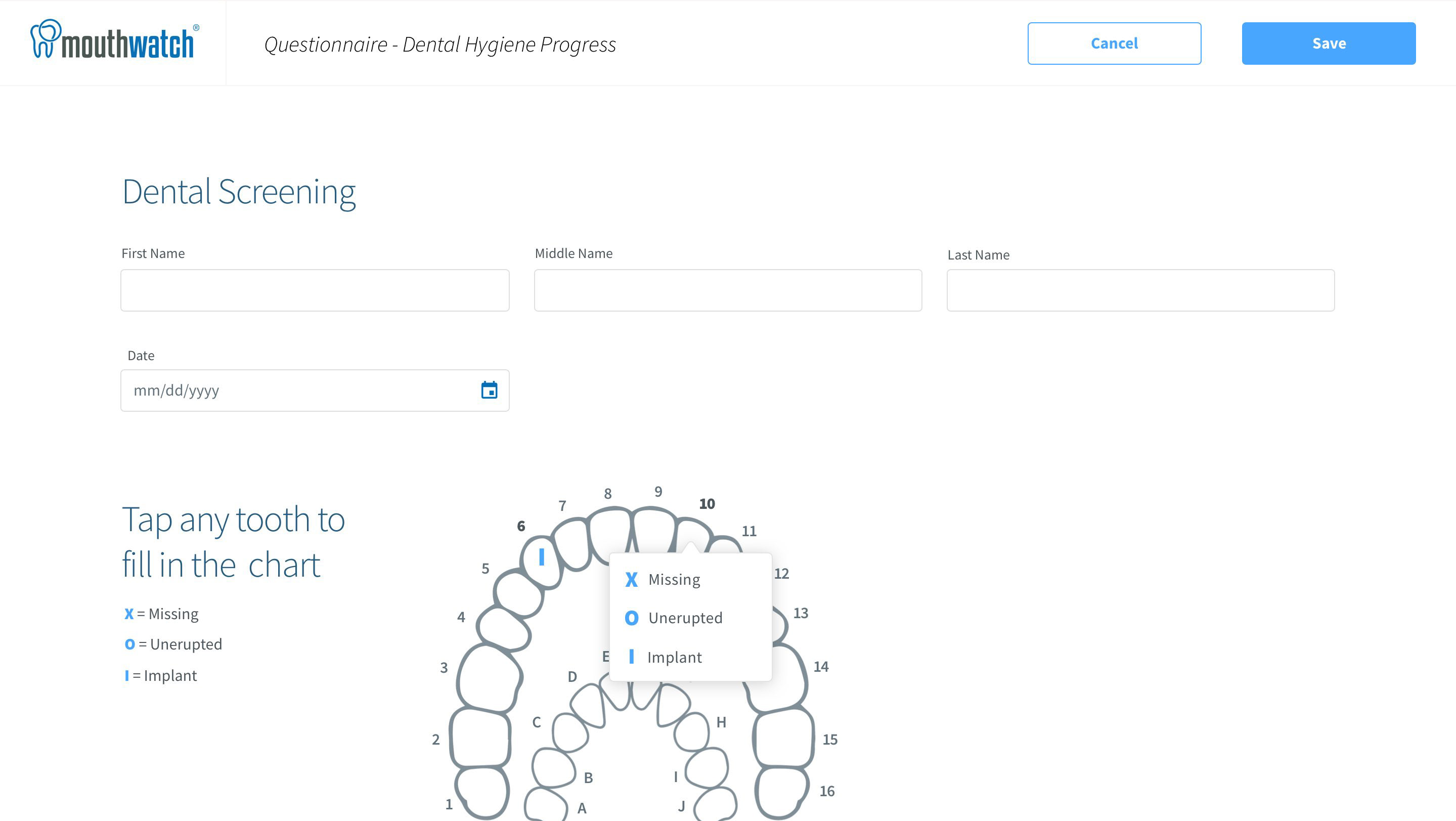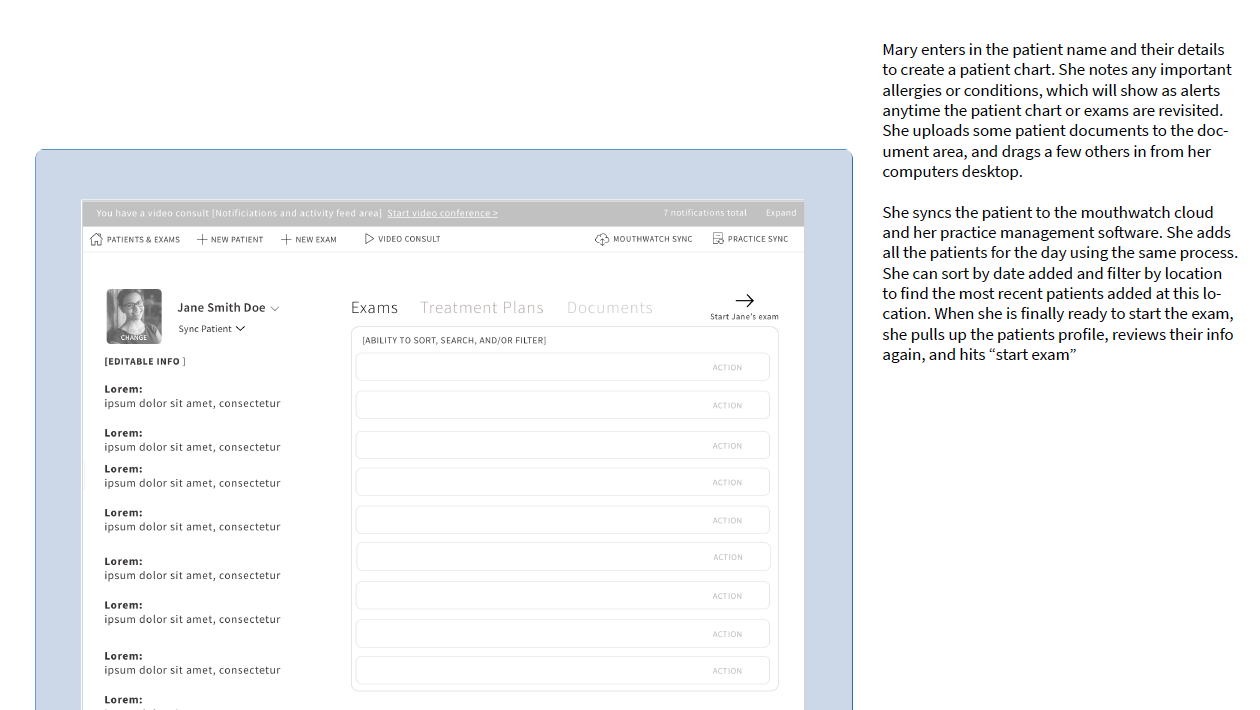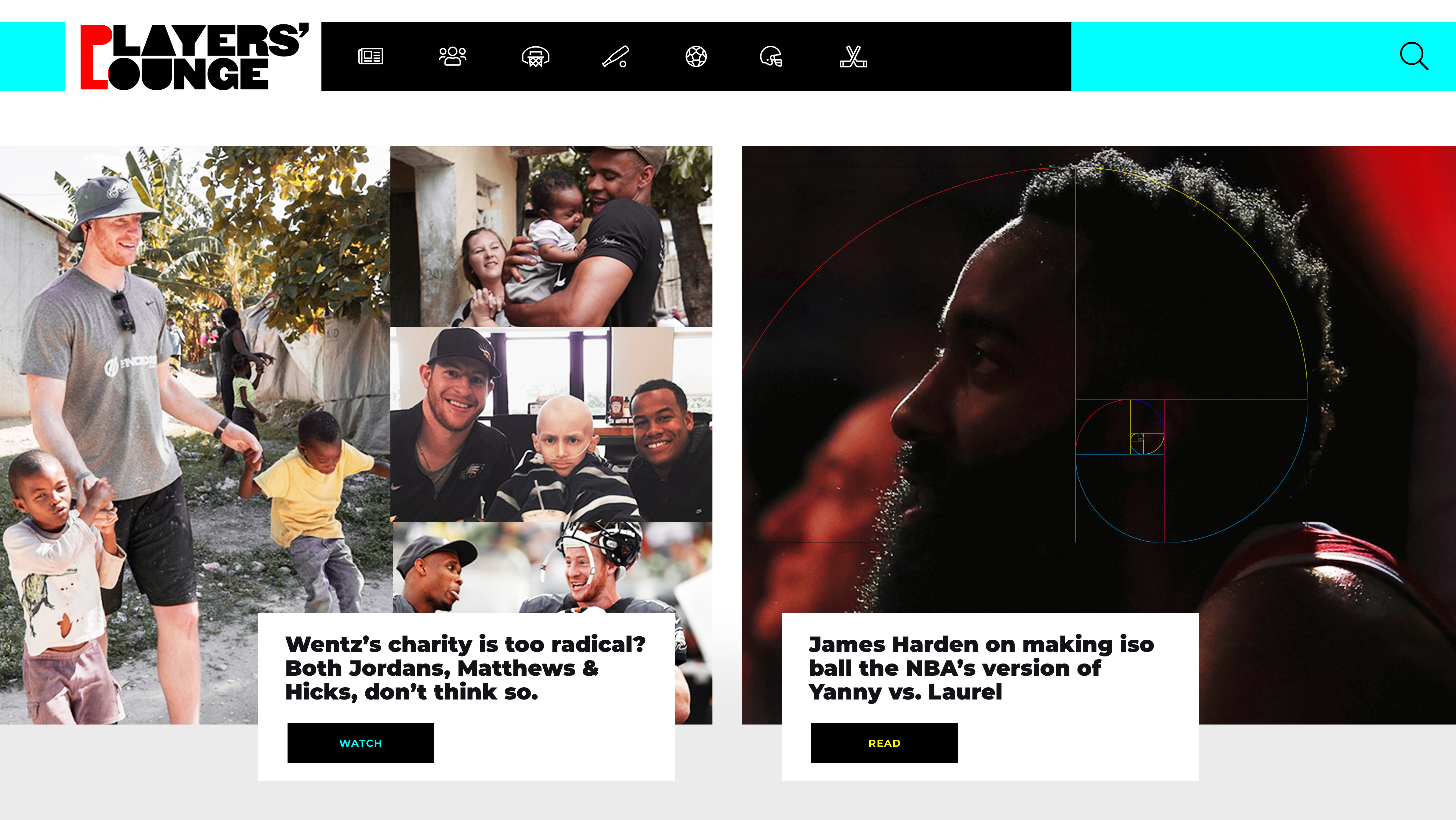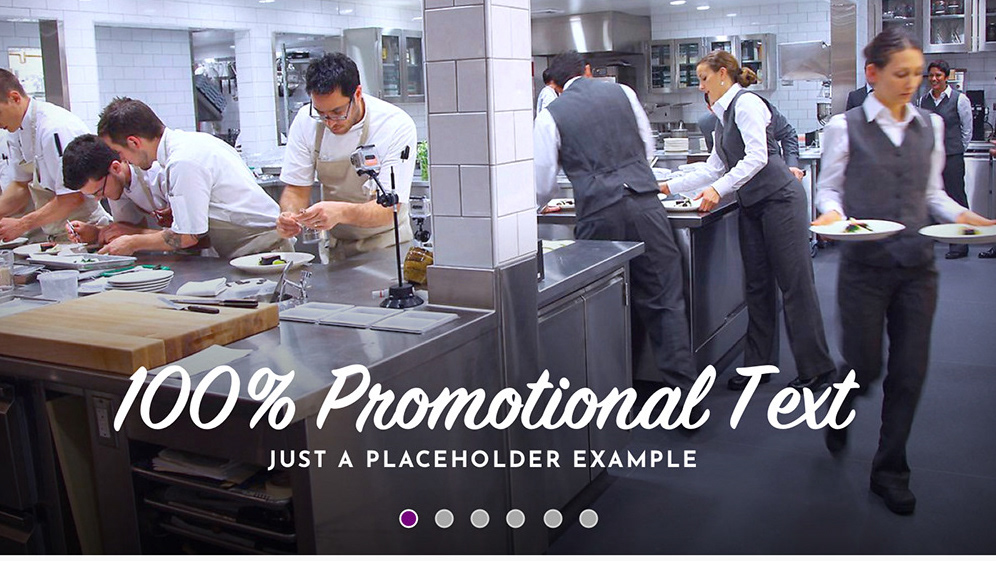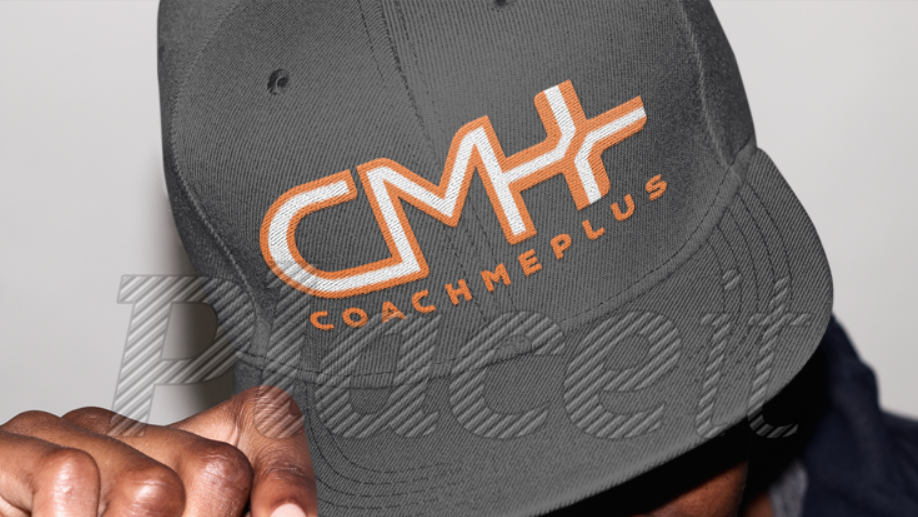Solution
The solution first involved gaining qualitative insights into the NFT collector's mindset through user interviews while at the same time continuing to immerse myself into the NFT space.
The business requirements made it clear we needed some sort of landing page to build an email audience so that we could promote the NFT drop. The landing page and strategy around it became the top priority since the drop was approaching in a few months. The team already had a lot of great ideas and brand concepts, but in order to deploy a page we needed a look, feel, and brand as well.
At high level, inights gained from immersion into the space and from users helped inform the landing page UX, branding and strategy. In the background I was making sure to also gain insights that would inform the product design of the first release set of collectibles, which I was able to pull into some prototyped concepts.
Target Audience
I targeted enthusiastic NFT collectors for my user interviews. In hindsight, I wish I had narrowed the targeting to specifically those collecting generative avatar collectibles. However, given the tight timing, being too picky might not have been practical. In general though, our audience is made up of those in the NFT collectible space. People you would find on platforms like Open Sea, trading avatar collectibles like Bored Ape Yacht Club or CryptoPunks.
We are hoping to open up new + diverse audiences with our approach. It is hard to generalize the NFT audience since the space is so new, but early research and my own observations seems to point to the average user being a tech-y male millenial with some money to play with into crypto and gaming. We are hoping and thinking it doesn't stay this way, as NFTs will be in every household eventually.


